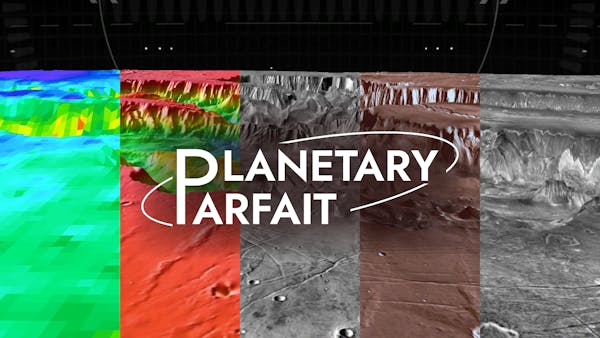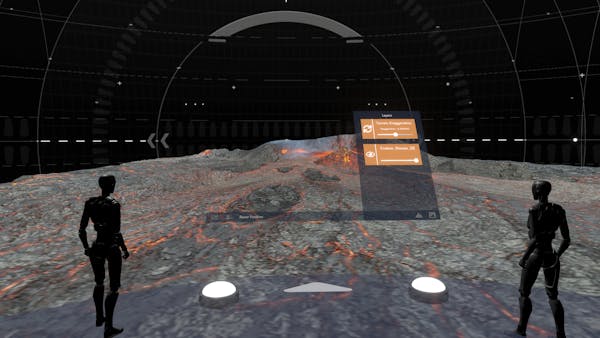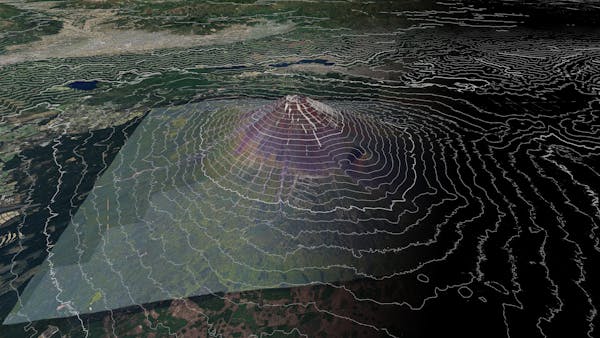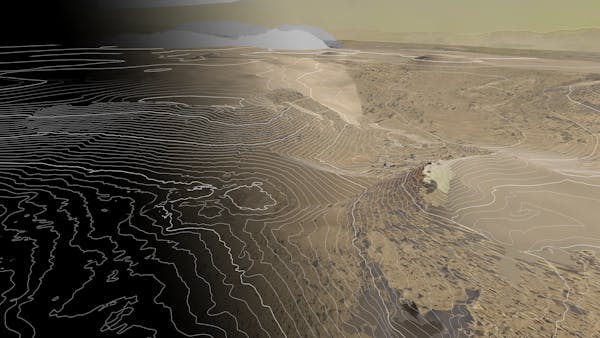Cesium Announces New Cohort of Ecosystem Grantees
I’m delighted to announce a new cohort of Cesium Ecosystem grantees. These recipients impressed us with their commitment to the 3D geospatial ecosystem by strengthening integrations and lowering the barrier to entry.
Planetary Parfait
Lauren Gold, Arizona State University
Java Mission-planning and Analysis for Remote Sensing (JMARS) is an open source, widely adopted tool for planetary data analysis, available to NASA scientists, mission teams, and the public for over two decades. The Planetary Parfait project from the JMARS team will turn Cesium Moon Terrain into a tool to collect planetary data, support collaborative analysis, and assist astronaut training. The result will be an open source generalizable system that reconciles various coordinate systems and map projections, enabling seamless integration of custom science data layers with Cesium Moon Terrain.


Imagery and quantized mesh support from Cesium ion to 3D Tiles plugin for Three.js
Garrett Johnson
This follow-up grant to Garrett Johnson will focus on expanding the 3DTilesRendererJS project’s support for basic geospatial visualizations (topographic lines) and available data formats (TMS, QMesh) for Three.js. Expanding on quantized mesh support, support for Cesium ion imagery will be added to the 3D Tiles renderer, affording users access to Cesium’s bathymetry, night, Bing, and more image data sets on the quantized mesh terrain in Three.js. The result of this grant will increase the geospatial capabilities of Three.js while also connecting Cesium ion more closely with the Three.js ecosystem.


We’ll share updates on these projects in the coming months. If you have an idea to expand the 3D geospatial ecosystem by increasing interoperability or improving access, submit an application for a Cesium Ecosystem Grant! The application window closes May 31, 2025, and will reopen July 1, 2025!